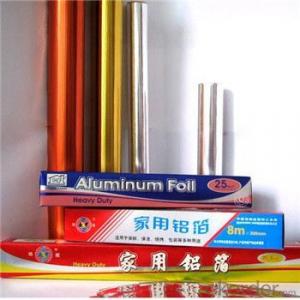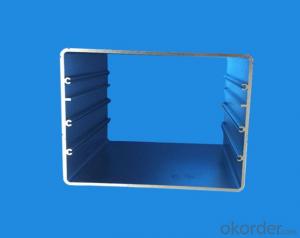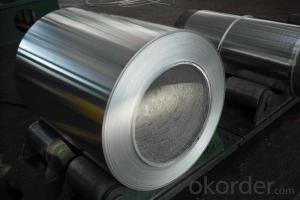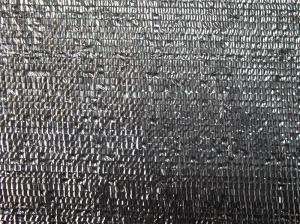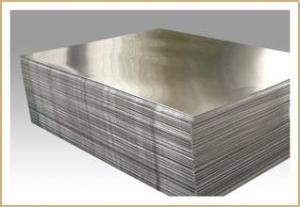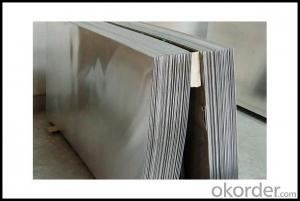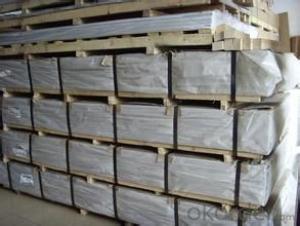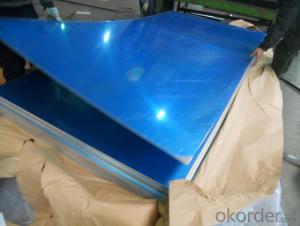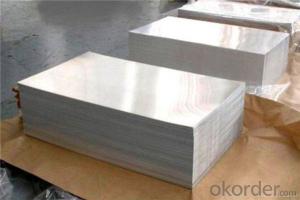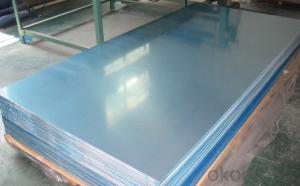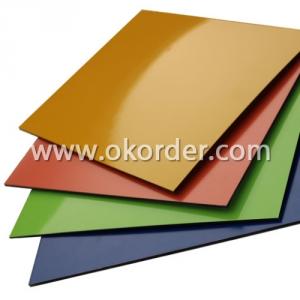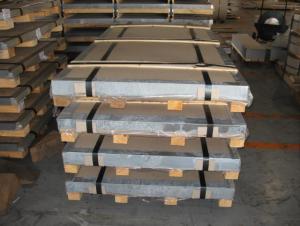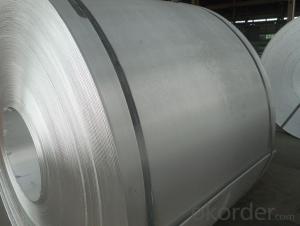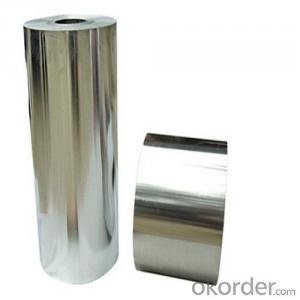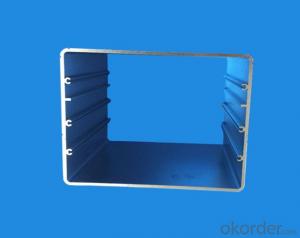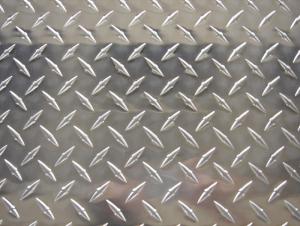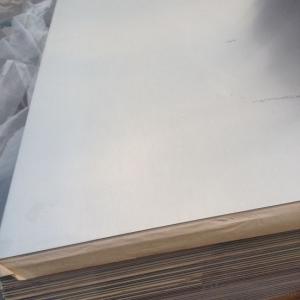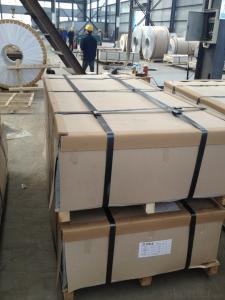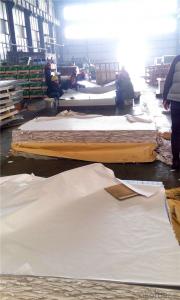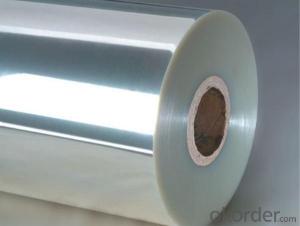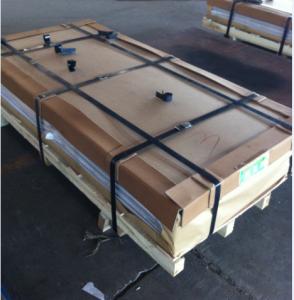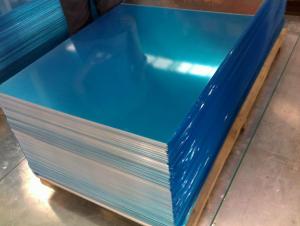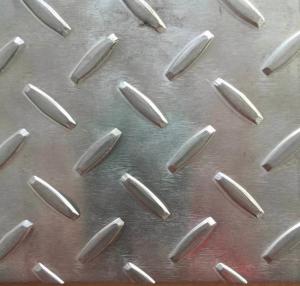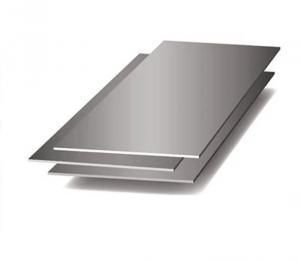1/8 Aluminum Plate Weight
1/8 Aluminum Plate Weight Related Searches
1 8 Aluminum Plate Weight 3/8 Aluminum Plate Weight Weight Of 3/8 Aluminum Plate Aluminum 1/8 Plate 1/8 Aluminum Plate 1/4 Aluminum Plate Weight Aluminum Plate 1/8 1/8 Inch Aluminum Plate Weight Of 1/4 Aluminum Plate 1/8 Thick Aluminum Plate Aluminum Plate 1/8 Thick 1/8 Diamond Plate Aluminum 1/2 Aluminum Plate Weight Weight Of 1/2 Aluminum Plate 1/8 Inch Thick Aluminum Plate 1/8 Aluminum Diamond Plate 1/8 In Aluminum Plate Weight Of Aluminum Plate 1/8 Inch Diamond Plate Aluminum 1/8 Inch Aluminum Diamond Plate 3 8 Aluminum Plate Weight Bending 1/8 Aluminum Plate 1 2 Aluminum Plate Weight 3/16 Aluminum Plate Weight 1 8 Aluminum Plate Weight Of 3/16 Aluminum Plate 1 4 Aluminum Plate Weight Aluminum Plate 1 8 Thick 1/8 Black Aluminum Diamond Plate 1 8 Inch Aluminum Plate1/8 Aluminum Plate Weight Supplier & Manufacturer from China
Aluminum plates are versatile materials known for their lightweight and corrosion-resistant properties, making them ideal for various industries. The 1/8 aluminum plate weight is a specific thickness variant, offering a balance between strength and weight that is suitable for numerous applications. This product is widely used in construction, aerospace, automotive, and manufacturing sectors, where its durability and workability are highly valued. It can be employed in the fabrication of components, structures, and parts that require a combination of lightness and strength. Okorder.com is a reputable wholesale supplier of 1/8 aluminum plate weight, boasting a substantial inventory to cater to the diverse needs of clients across different industries. By partnering with Okorder.com, customers can access high-quality 1/8 aluminum plate weight at competitive prices, ensuring that their projects are completed with the best materials available.Hot Products


